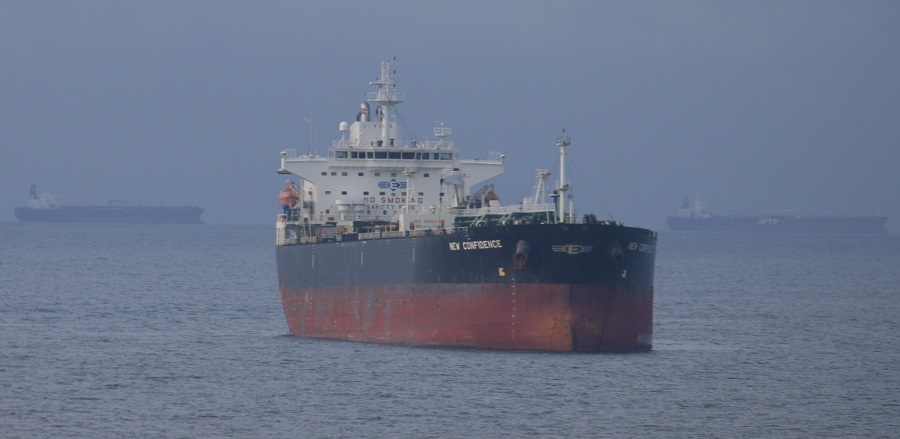 The arbitrage window to ship U.S. West Texas Intermediate crude to Asia has narrowed as tanker freight rates surge, while strong export demand pushes up premiums for the grade to multi-month highs, trade sources said on Tuesday.
The arbitrage window to ship U.S. West Texas Intermediate crude to Asia has narrowed as tanker freight rates surge, while strong export demand pushes up premiums for the grade to multi-month highs, trade sources said on Tuesday.
The U.S.-Asia arbitrage, which opened in late July, spurred demand for Very Large Crude Carriers (VLCCs) to embark on the two-month long journey, tightening vessel supply.
U.S. exports to Asia will jump in September, Kpler’s provisional data showed, with buying led by South Korea and India. Asia’s U.S. purchases also include the first cargo for Pakistan’s largest refiner Cnergyico and Vietnam’s first import for this year.
The cost to charter a VLCC to carry 2 million barrels of oil from the U.S. Gulf Coast to China surged last week to $12.5 million, the highest since March 2023, data from shipbroker SSY on LSEG Workspace showed, before easing to $12 million this week.
Kpler’s estimate for U.S. crude exports to Asia is 1.35 mln bpd in September, which could rise further if more cargoes are loaded.
Strong export demand has also pushed spot premiums for WTI at East Houston, also known as MEH, to $1.60 a barrel on Friday to its highest since February.
“The risk of bringing the cargo into the Far East is higher because of the exorbitant freight cost,” Sparta Commodities analyst June Goh said.
A U.S.-based trader said the surge in freight rates added about $1.75 a barrel in shipping costs.
“That alone would close the arb,” he added.
WTI-MURBAN PRICE GAP NARROWS
Offers for 2 million barrels of WTI for delivery to Asia in December were at about $4.50 to $5 a barrel above dated Brent, a Singapore-based trader said.
By comparison, November-loading Murban crude could land in Asia in December at about $5 a barrel above Dubai quotes, another trader said, adding that the arbitrage is closed while Asia has maxed out the volume it can take.
While some traders said the arbitrage window is closed for now, others are watching out for offers of November-loading WTI cargoes later this week.
“For now it does seem like WTI premiums and freight are threatening the U.S.-Asia arb for November trade,” another U.S.-based trader said.
However, Sparta’s Goh expects freight rates to ease and improve arbitrage economics for WTI.
“With only marginal WTI support and average supply, rates are likely to retrace lower and therefore improving WTI competitiveness,” she added.
(Reporting by Florence Tan and Siyi Liu in Singapore, Arathy Somasekhar in Houston; Editing by Kim Coghill)